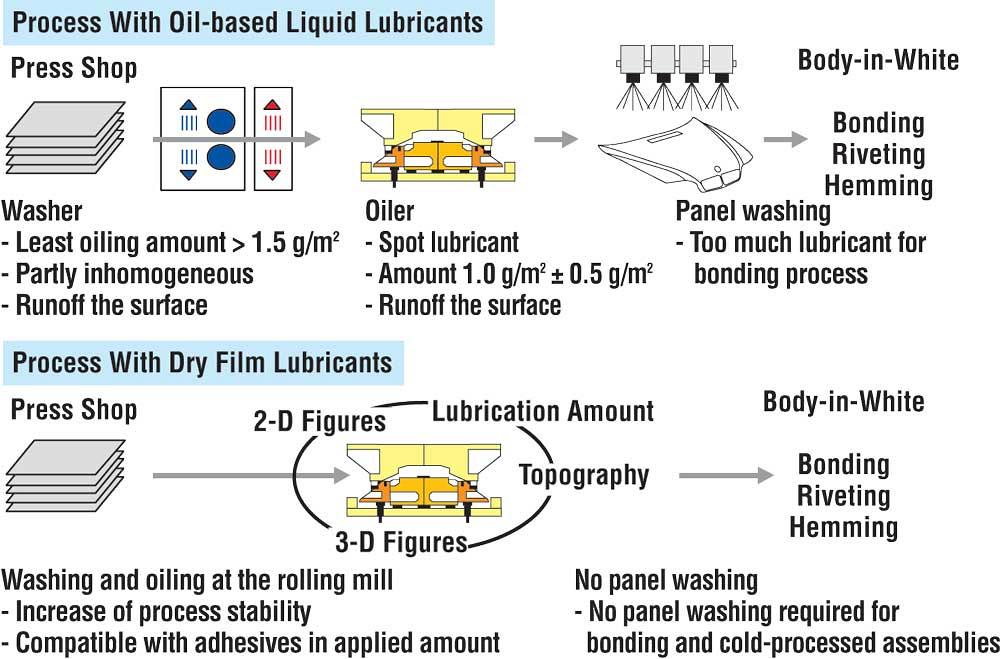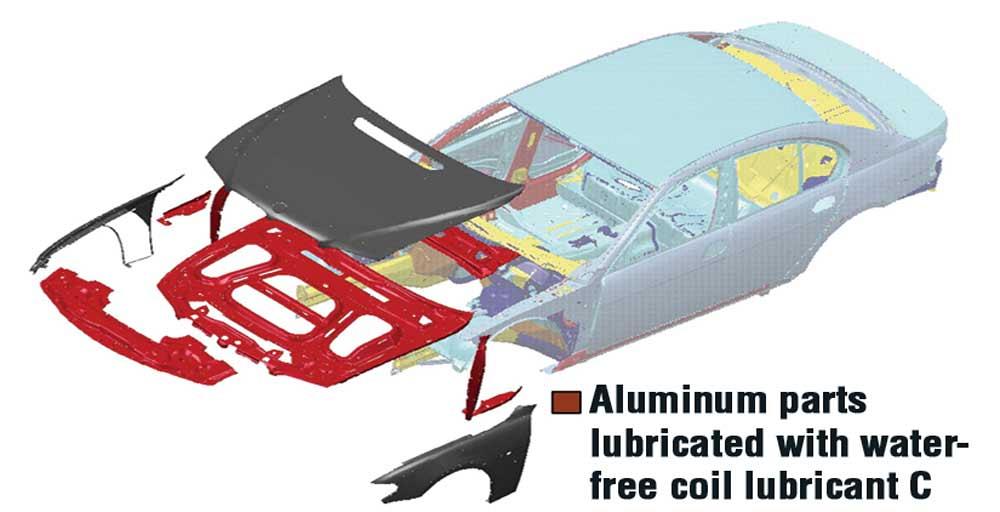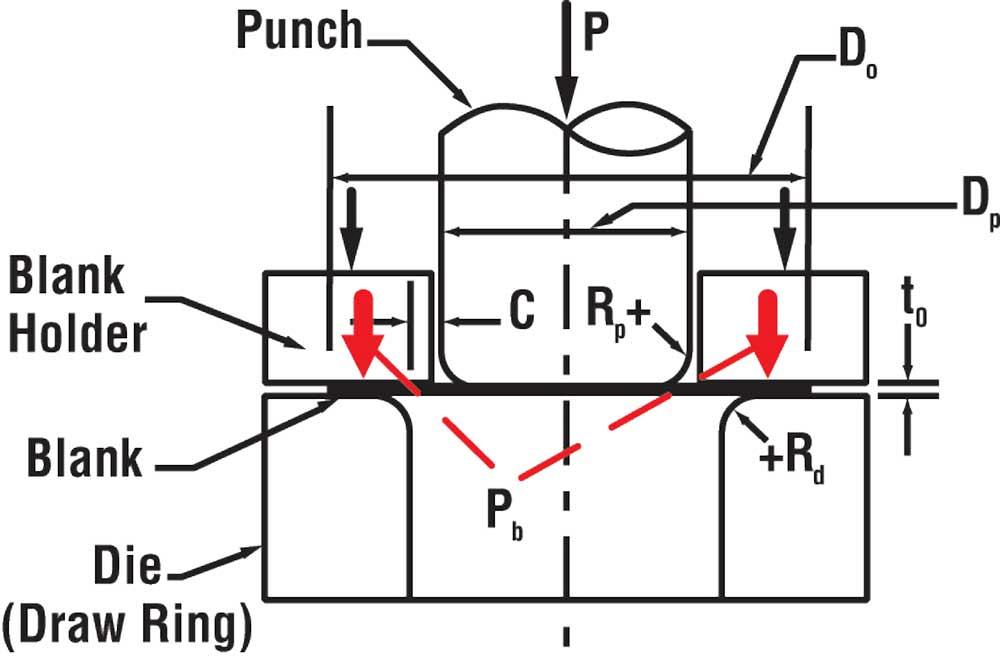- FMA
- The Fabricator
- FABTECH
- Canadian Metalworking
Categories
- Additive Manufacturing
- Aluminum Welding
- Arc Welding
- Assembly and Joining
- Automation and Robotics
- Bending and Forming
- Consumables
- Cutting and Weld Prep
- Electric Vehicles
- En Español
- Finishing
- Hydroforming
- Laser Cutting
- Laser Welding
- Machining
- Manufacturing Software
- Materials Handling
- Metals/Materials
- Oxyfuel Cutting
- Plasma Cutting
- Power Tools
- Punching and Other Holemaking
- Roll Forming
- Safety
- Sawing
- Shearing
- Shop Management
- Testing and Measuring
- Tube and Pipe Fabrication
- Tube and Pipe Production
- Waterjet Cutting
Industry Directory
Webcasts
Podcasts
FAB 40
Advertise
Subscribe
Account Login
Search
Evaluating dry film lubricants for automotive applications Part I
A general review
- September 9, 2017
- Article
- Bending and Forming
This column was prepared by Hyunok Kim, a staff member of the Engineering Research Center for Net Shape Manufacturing (ERC/NSM), The Ohio State University, Professor Taylan Altan, director.
In stamping operations, wet (oil-based) or dry film lubricants are used to protect the surfaces of the sheet blanks, reduce friction during deep drawing, and minimize surface treatments before assembly.
Since most dry film lubricants are applied to steel or aluminum sheets before drawing operations, they also affect the assembly processes (welding, riveting, clinching, and bonding). Therefore, they must be evaluated not only for their deep-drawing characteristics, but also for their removability and their effect on assembly and painting operations.
On complex-shaped body panels, dry film lubricants help improve performance in deep drawing, both in small-series production and on specific body parts of high-volume vehicles, especially aluminum-alloy parts. One example of a high-volume car with aluminum body components is the Mercedes-Benz E-Class, launched in 2002. Its hood, front fenders, trunk, and some special inner body panels are madeof aluminum.1
Deep-Drawing Test for Lubricant Evaluation
The deep-drawing process is used extensively to evaluate the performance of lubricants.3,4 Most of these tests are conducted at room temperature. However, during stamping of thin-gauge materials at high rates, the die and punch become warm, which can change the properties and behavior of the lubricant. Therefore, drawing tests sometimes must be enhanced with heat to emulate realproduction conditions encountered in high-speed stamping presses.
During deep drawing (seeFigure 3), the most severe friction takes place at the flange area. The lubrication condition in this flange area influences the thinning or failure in the side wall of a drawn cup.
As the blank holder pressure (Pb) increases, the frictional stress (Τ) also increases based on Coulomb's law:
Τ = μ x Pb
whereΤ = frictional shear stress
μ = coefficient of friction
Pb= blank holder pressure
Therefore, lubricants can be evaluated in deep drawing by measuring the maximum applicable blank holder force without failure in the cup wall.
Two lubricants, one oil-based and one dry film (see Figure 4), were evaluated using the deep-drawing test for aluminum alloy AA5182.5 With a rectangular-shaped drawing tooling (punch dimensions 300 by 200 millimeters) installed in a single-acting hydraulic press, sheet blanks measuring 500 by 400 mm were drawn up to the maximum possible drawing depth of 100 mm at adrawing velocity of 64 mm per second.
| ||||||
| Figure 4 Two lubricants, one oil-based and one dry film, were evaluated using the deep-drawing test for aluminum alloy AA5182.5 |






































